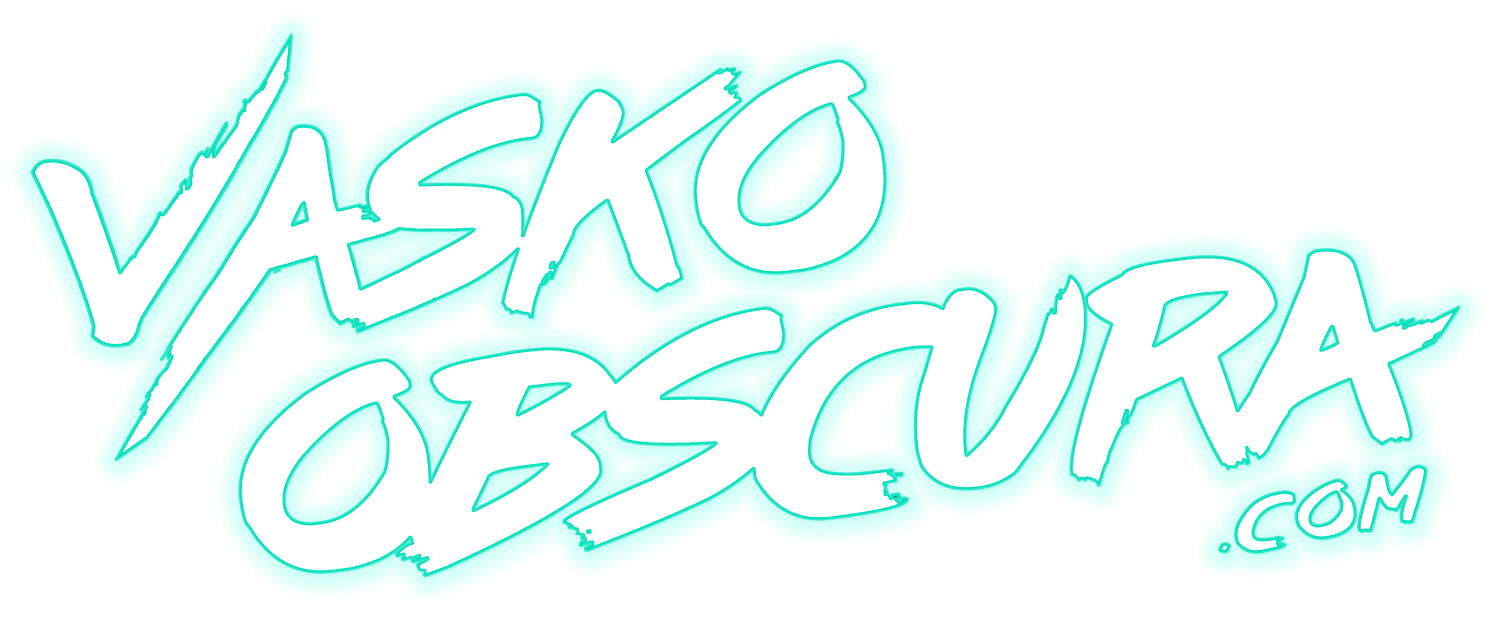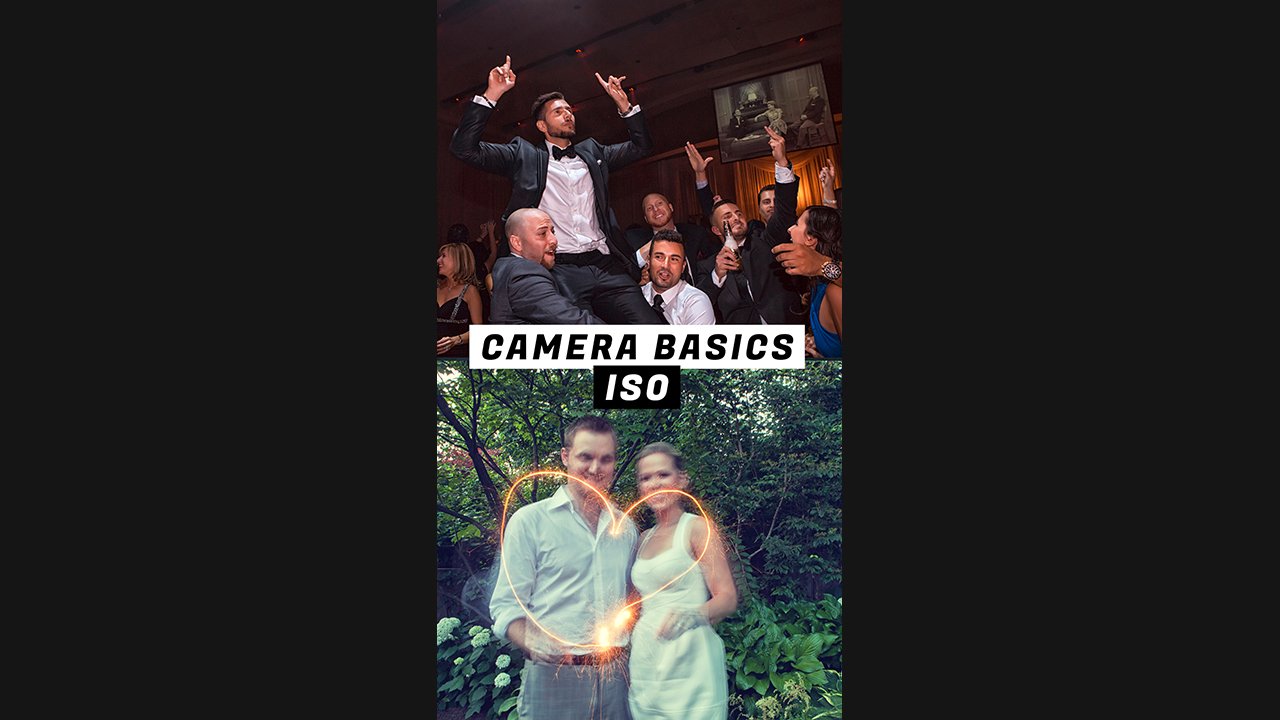Camera Basics - ISO
ISO, one of the three pillars of the exposure triangle, plays a pivotal role in determining the sensitivity of your camera's sensor to light. As photographers, the choice between using a high ISO or your camera's lowest ISO setting involves a delicate balance, with each option presenting its own set of benefits and drawbacks. Let's explore the considerations behind these decisions to help you make informed choices in various shooting scenarios.
High ISO Benefits:
Low-Light Performance: The primary advantage of using a high ISO, typically ranging from 800 to 6400 and beyond, is enhanced low-light performance. This allows you to capture well-exposed images in challenging lighting conditions without relying solely on slower shutter speeds or wider apertures.
Increased Shutter Speed: In low-light situations, a high ISO enables faster shutter speeds, reducing the risk of motion blur and ensuring sharp images, especially when photographing moving subjects or shooting handheld.
Versatility: High ISO settings provide flexibility in various shooting scenarios, enabling you to adapt to changing light conditions without compromising image quality.
High ISO Drawbacks:
Image Noise: The most significant drawback of using a high ISO is the increased potential for image noise or grain, especially in the shadow areas of the photograph. This compromises the overall clarity and detail of the image.
Reduced Dynamic Range: Higher ISO values can lead to a reduction in dynamic range, impacting the camera's ability to capture details in both highlight and shadow areas.
Low ISO Benefits:
Image Quality: The lowest ISO setting, often around ISO 100 or 200, produces images with minimal noise, high clarity, and excellent dynamic range. This is particularly advantageous when shooting in well-lit conditions or situations where a tripod can be used to stabilize the camera.
Rich Color Reproduction: Lower ISO values contribute to richer color reproduction and greater tonal range, ensuring that your images maintain a high level of detail and nuance.
Long Exposure: When shooting in bright conditions and desiring longer exposure times for creative effects such as motion blur or silky waterfalls, the lowest ISO setting is ideal.
Low ISO Drawbacks:
Limited Low-Light Performance: The main limitation of using the lowest ISO is its reduced sensitivity to light, making it challenging to capture well-exposed images in low-light environments without compromising other exposure settings.
Slower Shutter Speeds: Lower ISO values may require slower shutter speeds or wider apertures, potentially introducing motion blur or a shallower depth of field, depending on the shooting conditions.
Conclusion: The decision to use a high or low ISO setting depends on the specific requirements of each photographic situation. By understanding the benefits and drawbacks of both options, photographers can navigate the delicate balance between achieving optimal exposure and maintaining image quality, ultimately enhancing their creative capabilities in diverse shooting scenarios.

